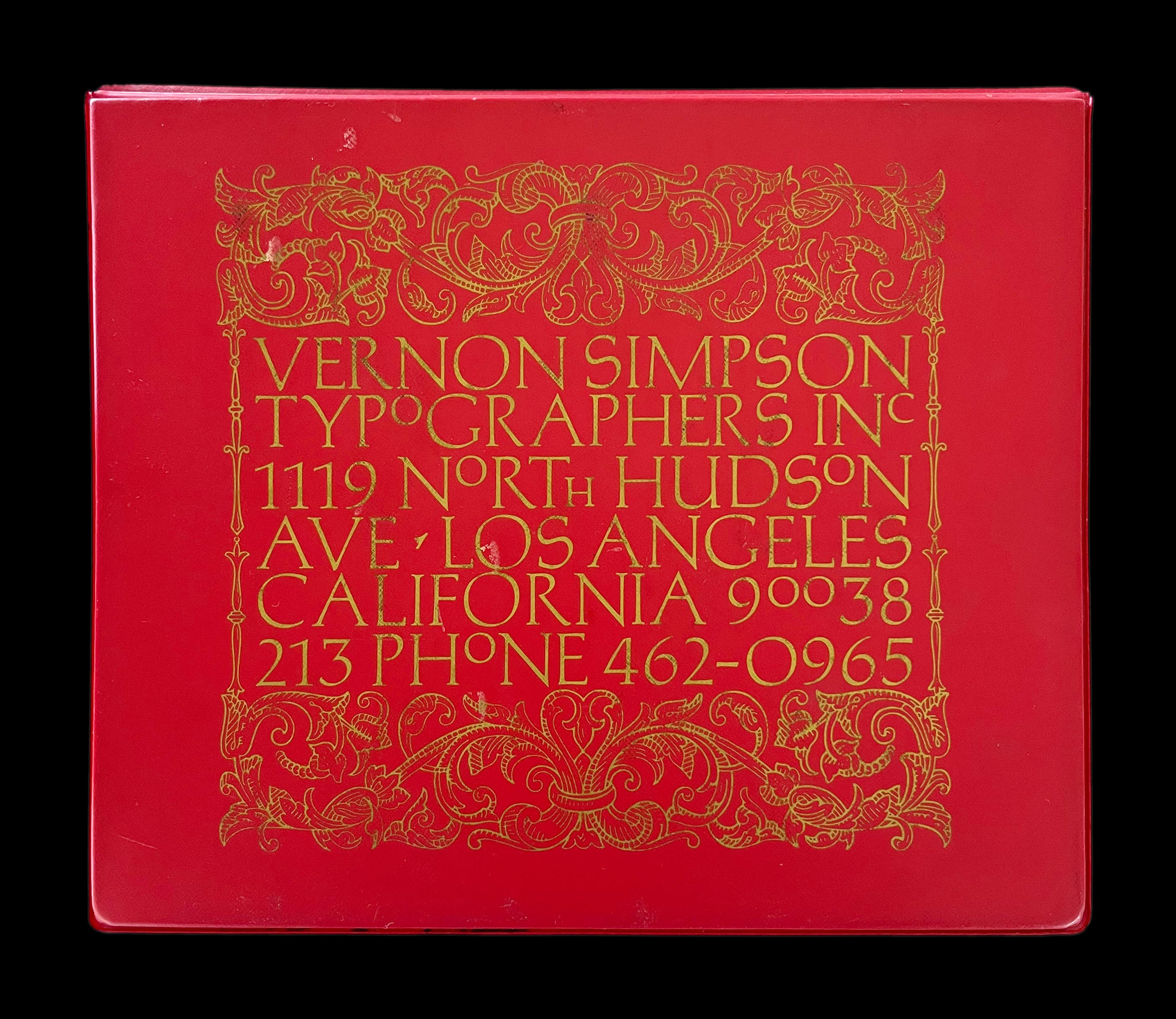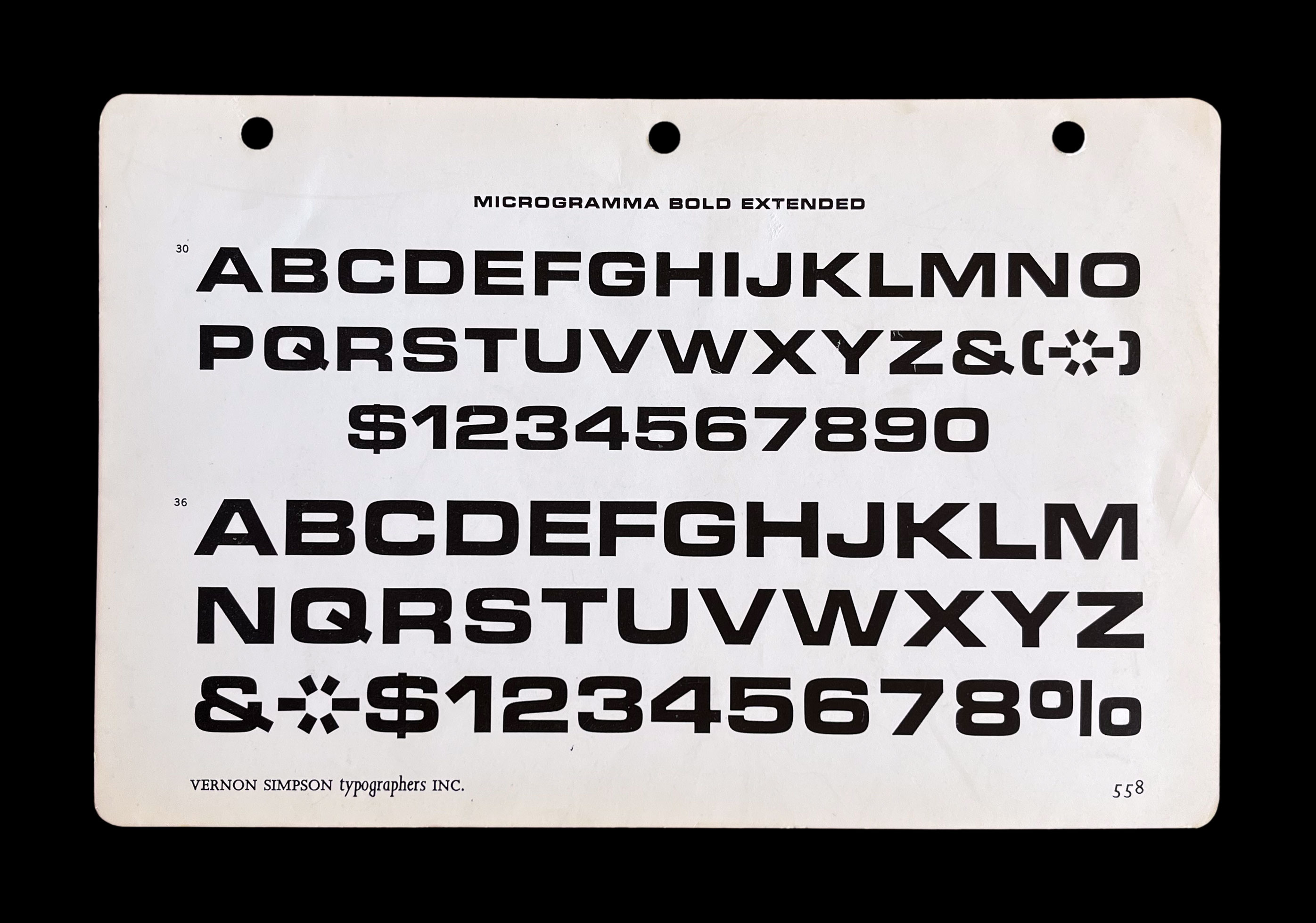Type Grad Survival Kit
by Graham Bradley
What do you need after graduating from Type West or Type@Cooper?

I asked my Type West class what they wanted to cover in the last term, and Adriana Garcidueñas asked for a post-graduation survival kit. Such a fantastic idea! I decided to put something together and here it is. This is a very personal set of suggestions. It’s not aspiring to be an all-encompassing list—just a few very biased ideas that you might find helpful if you have recently completed Type West or Type@Cooper. I might edit this post from time to time as things change, new organizations pop up, or I remember something that could be useful.
Community
There’s a magic that happens when a class starts to really work together. Suddenly, you see your own project with fresh eyes, you are looking at your classmates’ work in a new light, and each design accelerates to reach a new level of self-evidence and refinement.
One of the cruelest things about graduation is that this super power can vanish into thin air. Try not to let it. Keep in touch with your classmates, find new groups of type designers to talk with, and sign up for critiques.
At the same time, know that it is almost inevitable that you will feel like the current you were in has stopped moving, at least to some extent. Don’t panic. And don’t beat yourself up or question your path into type design if it takes a long time to build a similar community around yourself. It will take a while.
Here are a few resources for crits, conferences, and community that I can personally recommend:
› Alphabettes
› Letterform Archive
› Type Crit Crew
› Type Electives
› Type@Cooper
› TypeCon
› Typographics
Making Type
It’s important to keep learning. The best way to do this is to start a few different typefaces with very different features. As it goes, they will each require new approaches and to some extent you will have to relearn type design for each project. Soon you will feel like the relearning process is speeding up, and your repertoire will evolve as your eye is developing.
I’ve received a lot of questions over the years from students looking for books on type design. Look for books that show samples of a bunch of metal-era or photo-eta typefaces. These aren’t flashy, sometimes they are even a little boring. But they force you to learn with your eyes and develop your own taste and style. I have two: Encyclopaedia of Typefaces and American Metal Typefaces of the Twentieth Century.
These older compilations reflect a world of type that is not very diverse, but I think that’s helpful in a way, so long as you are aware of it. If you want to subvert the racism, sexism, and colonialism of the western design cannon, you have to find ways to challenge what you find in these kinds of books, which also means challenging many notions of how a text face should look, a very worthwhile goal!
A lot of type designers talk about collecting rare books. I love rare books, and I admit to having one or two older things in my tiny little collection, but I honestly don’t think you need to start amassing a lot of expensive books. I don’t mind that the rare stuff feels special and exciting when I come across it in real life, like on a trip to Letterform Archive. But having said that, it is inspiring to have beautiful objects around, especially ones that you can directly reference for your work, so if you come across any type-related books or ephemera that spark your imagination, try to bring them home with you if you can.

Adjacent Skills
It’s worth talking about other skills for a moment. I’ve heard some people reference compound interest when it comes to work, and I think there’s a lot of truth to that. Start something now and let it build. There are a couple things that are incredibly useful in type design but require some technical ability. The first is Python programming. If you want to get started, here are a few resources:
› Drawbot
› FontParts
› Python for Designers
› RoboFont Documentation
The second is font manufacturing, sometimes called post-production, which is the process by which source files are compiled into font files. Manufacturing and Python scripting are related and have many overlapping concepts. To get started with font manufacturing, you could look at the most common tools used for the job:
› Adobe Font Development Kit for OpenType
› fontmake
If you can do either of these things and also design typefaces by drawing and spacing outlines in a font editor, you’re going to be a real asset to type foundries, or to yourself if you want to start a type foundry.
Another skill to nurture is just good old graphic design. If you can design type and create compelling specimens, advertisements, documentation, and in-use samples, that’s also an awesome combo.
One of the most appealing things about type design is the many ways it intersects with other areas of work. It coexists nicely with coding and software development, or with identity design, or with book design, or even with writing. Don’t get fooled into thinking you need to somehow orchestrate a sudden pivot to only working on type. Let it grow alongside all of the interests and capabilities you had when you started your type design program.
Work
Most type projects fall into one of two categories: original designs for retail licensing, and custom commissions for clients. Understandably, these are the two kinds of projects students often want to begin pursuing and they want to know how. You can start working on both right away by taking a couple small steps.
If you are interested in retail licensing, start sending your fonts to your trusted designer friends. I wish I had learned this earlier. It’s the best way to test out whether there is a market for the design you are working on, and you can adapt your work based on your friends’ feedback, how it was used, or whether anyone was able to use the font at all. (Also—notice that this advice did not include sending your fonts to type designers! Type designers love to give each other feedback. That’s all fine and very helpful, but it’s a different thing. Remember that type designers aren’t your audience if you want to sell your type.)
If you are interested in custom projects, sneak type design into other kinds of design work. I did this constantly early on. In fact I did it so much it actually became a part of my sales pitch when a client was interested in an identity. And then it just became part of the A+ business model. If you’re designing other parts of the visual system, you can get away with using a typeface that in other contexts might seem incomplete. No numbers? That might be fine if the task at hand doesn’t require them and no one else is using the font.
Start keeping track of the time it takes you to complete various type design tasks. Custom typeface projects are constrained by budgets and timelines, and the first thing you’ll need when someone comes calling is the ability to say, “I can make this kind of type family in this number of weeks for this much money”. And even if you haven’t done the full amount of work before, you’ll be much better informed if you’ve documented the time it took to complete a smaller project that you can use as a reference. (Hint: type design takes a long time and it should be priced accordingly.)
Try to retain ownership of your work. Typefaces have a long shelf life and they are also very malleable—sometimes you can grab something from your computer that you thought was old and stale and transform it into something fantastic. I’ve also been surprised at how many of my good ideas sneak into work that is “based on a logotype.” Don’t give those ideas away forever!
Lastly, finish a project. Pick a character set, decide what to kern, decide what “done” means for the project at hand, and make it happen. I find that it is much easier to do this for client projects than for my own projects. In the early days, being accountable to clients forced me to learn how to do all the tasks at the end of the process that result in a usable font: kerning, manufacturing, generating different file formats, making a specimen and documentation, etc.
Oh wait, there is one more thing! Think about starting on an ultra readable design soon. Dare I say a sans? If you want to launch a foundry site, you’ll need it.
Generosity
You made it this far, and that is a really big deal. Congratulations! The type design world is pretty small, and in my experience, full of people that are kind and gracious, excited that they get to do this kind of work each day. Be sure to reach out to the designers you want to talk to. Many of them will be happy to talk, a few might even become mentors.
Somewhere out there, another designer is just starting to research the same program you graduated from and they are looking up to you in the same way you look up to the designers you admire. Start paying it forward by offering crits, working at conferences, being a teaching assistant, or teaching a class yourself, and you’ll quickly realize how far you’ve come and how much you’ve learned. It’s the best way to give this all some context. Good luck out there, and get in touch anytime!